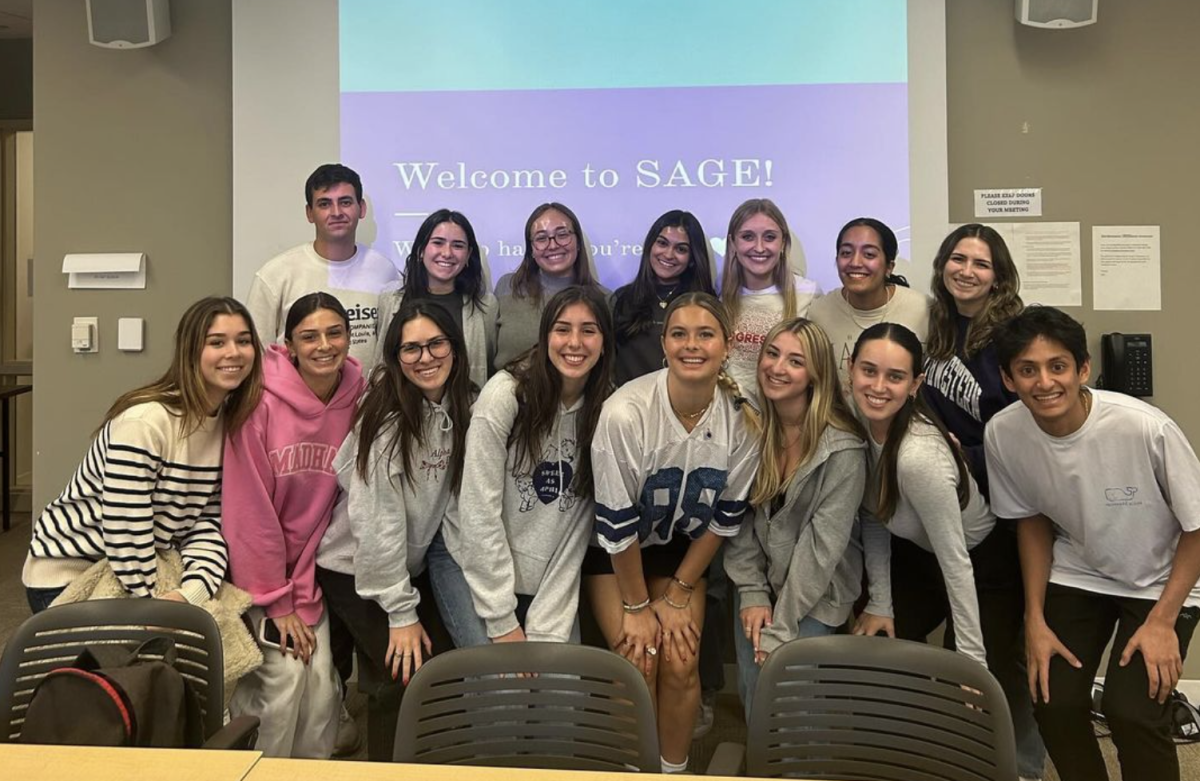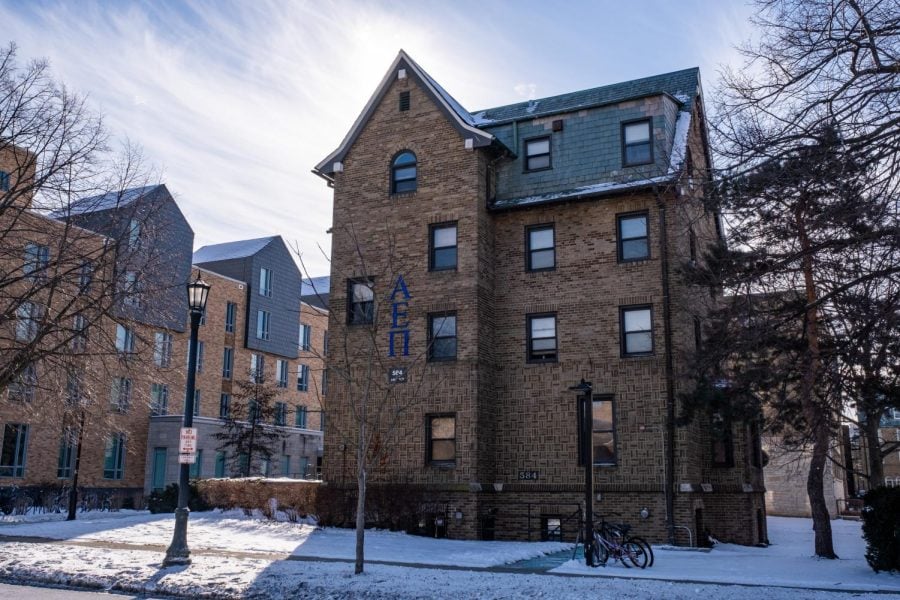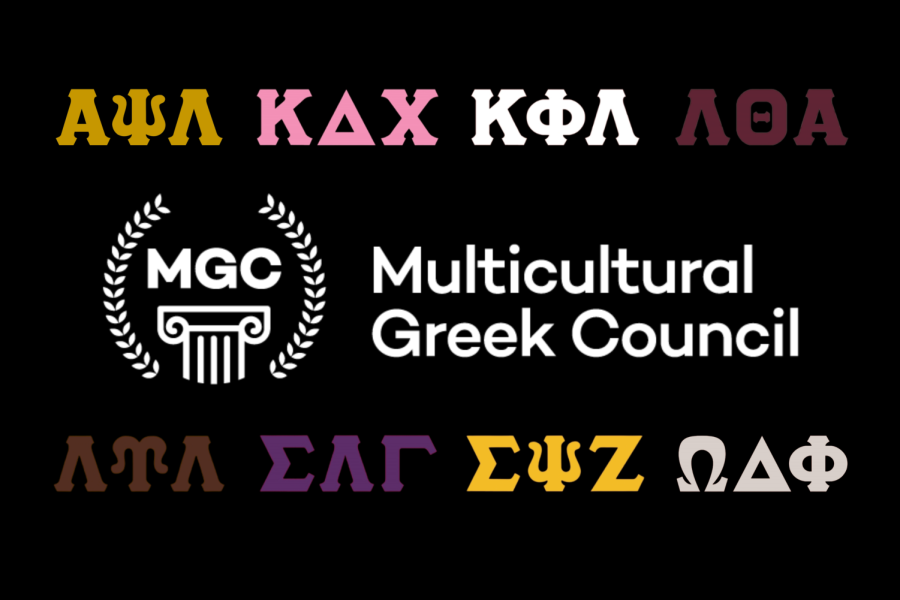A Northwestern group has proposed implementing a student-operated emergency response service on campus within the next few years.
The service, called Northwestern Emergency Medicine Organization, was started by six students last year with the purpose of enhancing the NU community through a student-run first responders program, said NEMO Vice President and Weinberg senior Tej Motiwala. NEMO President Lisa Wang said the group is still waiting on a decision about the proposal, which was submitted to Vice President for Student Affairs Patricia Telles-Irvin in February. Wang, a Weinberg senior, said NEMO has received temporary recognition from the Associated Student Government, which means it will be recognized as a student group by ASG for one year. NEMO will seek B-status recognition within the next year to be eligible for funding, Wang said.
Telles-Irvin could not be reached Thursday for comment on the proposal.
According to Motiwala, NU is just one of three top 20 universities that does not have a student-run first responder or emergency medical service program.
“I think considering so many of our peer institutions have this kind of program and see value in it, (the administration) should see some kind of sign that this is something they should consider,” Motiwala said. “It can only do good for the school, I think.”
Motiwala said as part of the service, first responders would arrive on the scene of emergency situations and care for the patient until paramedics, who have additional training, can arrive.
“It’s like a middle man that helps the person until advanced care can get there,” Motiwala said. “There will be some cases where advanced care is not necessary, and first responders can help as much as the patient needs.”
Motiwala said paramedics would be called to transport the patient if there were any cardiovascular or respiratory issues or loss of consciousness, but first responders can handle cases such as broken bones without additional aid. He also said a student-run program would speed up the process of responding to emergency situations and increase NU’s independence in these cases.
“This would eliminate an unnecessary use of Evanston’s resources,” Motiwala said. “NU uses (Evanston’s) fire department, and paramedics are responding to calls even when (patients) only need basic … support. It (would make) Northwestern more self-sustaining.”
NEMO Secretary Yoon Lee, a McCormick sophomore, said the organization is currently unsure who will be responsible for reporting alcohol-related incidents to University officials.
“We haven’t gone over the specifics of medical protocols, but we want to ensure the safety of the student,” she said.
One issue that has been a challenge for the organization in implementing a first responder program is liability. NEMO has sought to reduce liability by making the program strictly for emergency response, not for transport to medical facilities.
Emily Malavenda, the former spokeswoman for the Georgetown Emergency Response Medical Service at Georgetown University in Washington, D.C., said her program provides a transporting service, and liability rests with the student emergency medical technicians.
“Every EMT that leads a call assumes responsibility for the care of that patient,” she said.
Motiwala said NU’s first responder program would likely require students to submit an application, go through an interview process and become EMT-certified.
Wang said in a preliminary survey distributed on campus, NU students indicated that it usually took between 5 and 7 minutes for Evanston paramedics to respond to calls.
“For someone in a stressful situation, that’s a very long time,” Wang said. “As first responders, hopefully we’ll have students go into the dorms or wherever these people are because as students, we’re much more familiar with the facilities and we can have a greater connection with the patients themselves. It’ll be a useful extra addition to the system that’s already in place.”
Malavenda said GERMS has been of great benefit to Georgetown.
“We have a much better response time than the city ambulance does,” Malavenda said. “It really helps the university out that they have us here as a resource.”
In the meantime, NEMO is bringing other programming to campus. Wang said the group held its first on-campus CPR class last quarter, and a listserv email indicated another one will be held Wednesday. NEMO will also be hosting pre-Dillo Day alcohol awareness firesides for the second year beginning later this month. The organization also hopes to bring a panel of emergency medical doctors to campus this quarter to discuss emergency responding, Wang said.
Overall, Wang said NEMO is working to find ways in which it can assist NU.
“(We are continuing) efforts to work with the (Evanston) Fire and Health Departments and University Police to see what is the practical niche we can fill within the University.”







